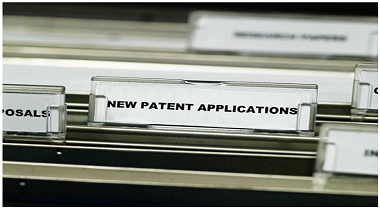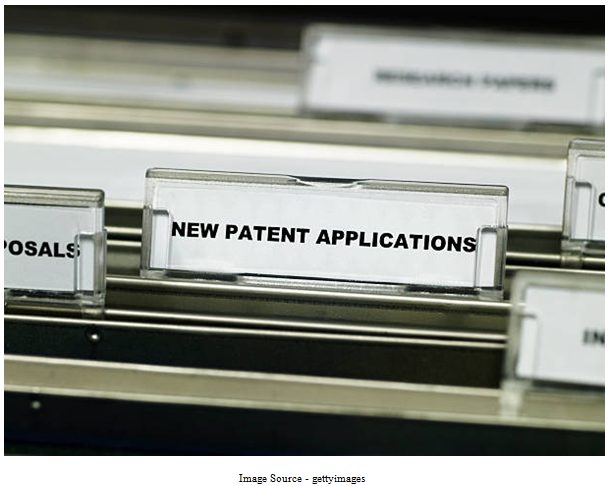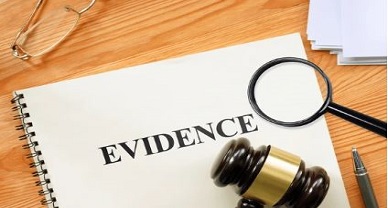Applying Alice Test in Patents: Stanford Patent Claims Rejected
The eligible subject matter in the US for the patent has been mentioned in title 35, section 101 of the US code as “any new and useful process, machine, manufacture, or composition of matter, or any new and useful improvement thereof”. Some of the implicit exceptions to the laws of nature, natural phenomena, and abstract ideas have been held to be implicit exceptions to the patent-eligible subject matter under section 101 by various Supreme Court judgments. Such exceptions were basically thought to prevent any such monopolization of scientific and technological tools for any further innovation. But the US Supreme Court in various landmark judgments has often provided multiples inferences with respect to patent eligibility.
Mayo and Alice Test
There were instances where the patents were issued for claims directed to isolated genes, biological products, and diagnostic tests. The Supreme Court in the Mayo Collaborative v Prometheus Labs (Mayo) and Association for Molecular Pathology vs. Myriad (Myriad) held that dependency on the natural process of drugs in the claims will be the law of nature and exempt from patent eligibility. Even if the remaining steps if taken alone or in combination adds nothing significant to the natural law. A process having the law of nature will be patentable if it recites “additional features that provide practical assurance that the process is more than a drafting effort to monopolize the law of nature itself”.
In the recent case of Alice Corp vs. CLS Bank, Supreme Court gave the two-part test- (1) determine whether the claims are directed to a patent-ineligible concept; and (2) determine whether the claim’s elements, considered both individually and as an ordered combination, transform the nature of the claims into a patent-eligible application.
Stanford Patent Application- Alice Rule applied
The US Court of Appeal for the Federal Circuit (CAFC) affirmed the Patent Trial and Appeal Board (PTAB) decision for rejecting another Stanford Patent Application claims for being a non-patentable subject matter. The Stanford Patent Application claims were rejected since they were drawn to abstract mathematical calculations and statistical modeling. In one more patent application, previously filed by Stanford, the Court of Appeal have affirmed the PTAB decision of the rejection of the claims for the same reason.
The Patent filed by the US Application No. 13/486,982 is a computerized statistical method for determining the haplotype phase. The examiner rejected claims 1 and 22-43 based on the grounds that the claims attempt to cover the patent-ineligible subject matter, abstract mathematical processes, and mental processes while applying the Alice v. CLS Bank two-step framework.
The patent filing is an indicator from which parent a gene has been inherited based on alleles, highlighting that the use of DNA sequencing methods is commonly used to provide genotype information, these methods don’t provide haplotype data. The PHASE-EM model uses a particular type of hidden Markov model for predicting the haplotype phase more accurately.
The Court applied the two-step framework of Alice vs. CLS Bank. Through step one, the patent-ineligible subject matter was found which rejected the claims. The Court of Appeal observed that “These generic steps of implementing and processing calculations with a regular computer do not change the character of claim 1 from an abstract idea into a practical application. Claim 1 recites no application, concrete or otherwise, beyond storing the haplotype phase”. Claim 1 covers “a “computerized method of inferring haplotype phase in a collection of unrelated individuals” and “steps of receiving genotype data, imputing an initial haplotype phase, extracting the final predicted haplotype phase from the data structure, and storing it in a computer memory.”
Stanford concluded that the said claims increased the efficiency in computing haplotype and therefore makes an improvement in the technological processes which was rejected stating that there was no such greater computational efficiency argument being raised.
The Court while applying step two verification examines each claim for the reason if any such additional limitation amounts to a more ineligible concept. While applying, the Court observes no such inventive concepts which can help in proving the patentable eligible subject matter. Not requiring any such specialized memory or processor, the Court rejected claim one as being patent-ineligible subject matter. Stanford contended that the evaluation was not done as an ordered combination which Stanford explains that if evaluated as a specific combination, it can make the process novel, hence providing increased accuracy.
Rejecting the contention, the Court of Appeal observed no such limitation in the claim which can claim as an eligible matter. The arguments put by Stanford were unpersuasive thereby concluding that the claims only limit themselves with the abstract mathematical processes, hence, constituting the patent-ineligible subject matter.
Author: Saransh Chaturvedi (an advocate) currently pursuing LLM from Rajiv Gandhi School of Intellectual Property Law (IIT Kharagpur). In case of any queries please contact/write back to us at support@ipandlegalfilings.com.




